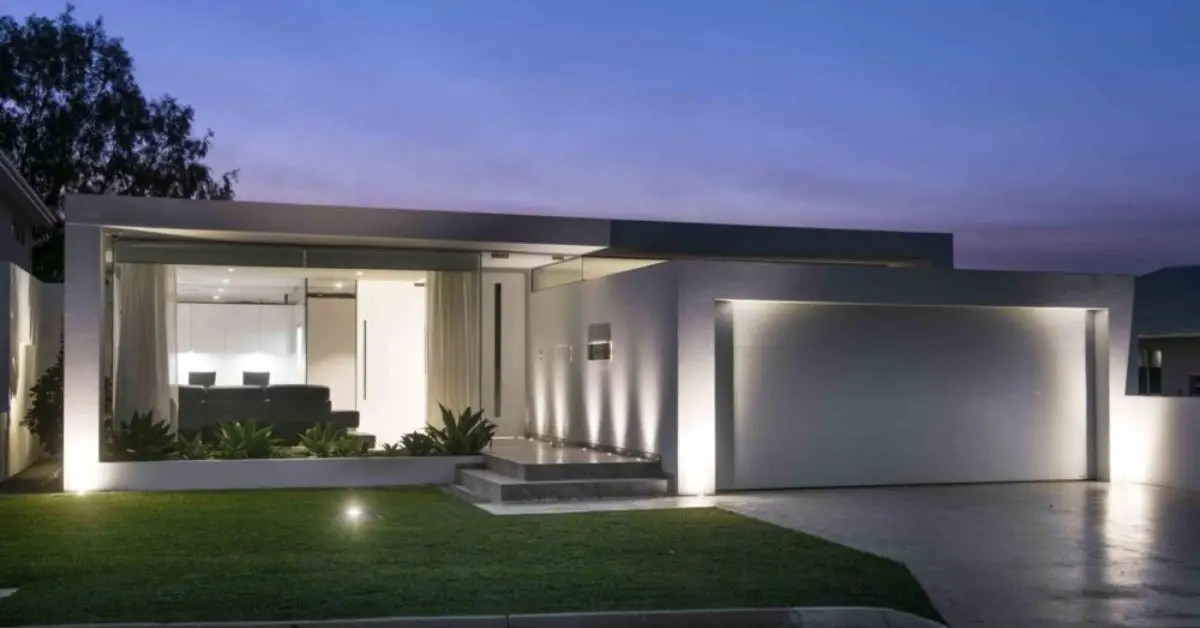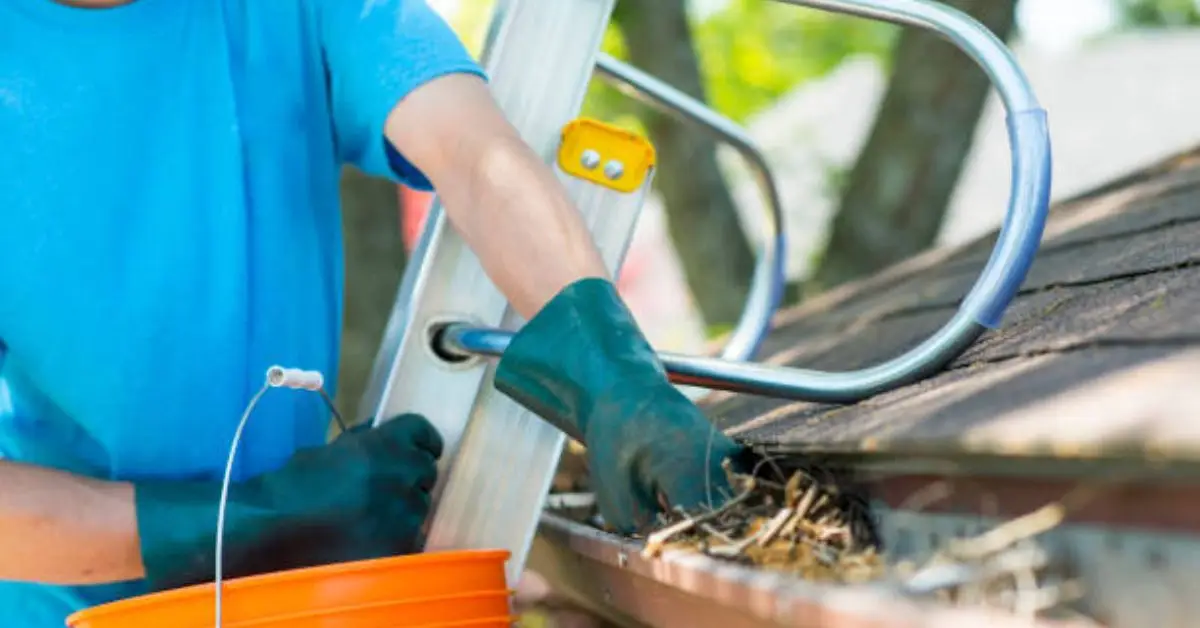These 7 Small Curb Appeal Mistakes Could Be Costing You Dollars
When we talk about increasing home value, most people jump straight to kitchen upgrades or bathroom remodels. But here’s what I’ve learned after years in real estate: buyers form their opinions before they even walk through the door.
And that opinion? It’s shaped by what your home looks like from the curb.
I’ve seen homeowners lose thousands of dollars over small things like chipped paint, outdated fixtures, or overgrown landscaping. These aren’t big-ticket problems—they’re subtle details that quietly lower your home’s value every single day.
What’s worse? A lot of sellers don’t even realize these mistakes matter. They’ll spend $10K redoing a kitchen but ignore a front door that’s faded and silently turning buyers away.
In this article, I’m breaking down seven easy-to-miss exterior mistakes that could be costing you real money. Backed by real estate data and expert insights, each one is fixable—you just need to know what to look for.
Whether you’re selling soon or staying put, these small upgrades can help you protect your home’s value—and maybe even grow it.
Let’s dig in.
1. Overgrown or Misplaced Landscaping
You might not think twice about your bushes or flower beds, but buyers absolutely do. I’ve walked up to beautiful homes where the landscaping completely overshadowed the architecture. Or worse—looked like it hadn’t been touched in years.

Overgrown greenery hides the best parts of your home and sends the message that maintenance might be lacking elsewhere too. On the flip side, landscaping that’s too perfect or too “you” (like exotic plants or shaped topiaries) can feel high-maintenance and hard for buyers to connect with.
Here’s what works best:
- Trimmed shrubs that frame, not cover, your house
- Clean, weed-free garden beds with seasonal plants
- Grass that’s green but not golf-course perfect
- No flashy fountains, statues, or high-maintenance features
The goal is balance—simple, fresh, and easy to maintain.
According to The Spruce, poor curb appeal can slash your home’s value by as much as 30%. That’s a huge number for something you can fix in a single weekend.
2. Faded, Peeling, or Boldly Painted Surfaces
Paint tells a story. If it’s faded or peeling, the message is: this home needs work. And if it’s bright red or a dated shade of yellow? You’re pushing away potential buyers who can’t unsee it.
The exterior color of your home has a bigger impact than most people realize. I’ve seen houses sit on the market longer just because of bold or outdated paint choices. Even worse, buyers mentally start subtracting repair costs from their offer.
Here’s what to aim for:
- Fresh paint on siding, trim, shutters, and the front door
- Neutral, buyer-friendly colors like warm white, soft gray, greige, or taupe
- A clean contrast between body and trim (but nothing too bold)
- No trendy colors unless you’re absolutely sure your buyer pool will love them
A fresh coat of neutral paint is one of the highest-ROI upgrades you can make. For even more inspiration, check out these budget-friendly home upgrades under $200 that deliver serious curb appeal without the big spend.
3. Painted Brick or Clashing Materials
I know it’s tempting to paint old brick for a “cleaner” or more modern look. But in most cases, doing that kills the charm buyers are actually looking for—especially in historic or craftsman-style homes.

Painted brick traps moisture, requires constant upkeep, and often doesn’t age well. But it’s not just about brick—when you start mixing too many clashing exterior materials (stone, vinyl, fake wood, bold trim), things start to feel off. Buyers might not be able to explain why, but they’ll feel like something’s wrong.
Here’s what to avoid:
- Painting original brick (especially if it’s textured or historic)
- Mixing more than 2–3 material types on one façade
- Combining clashing styles—like farmhouse wood shutters on a modern stucco home
- Ignoring your roof color when choosing siding or trim
Consistency is what creates curb appeal. Your home doesn’t have to look trendy—just cohesive.
As Modern Builders Supply explains, poor material pairings and forced “upgrades” can actually lower perceived quality.
4. Outdated or Tiny Hardware Details
Here’s the thing most homeowners overlook: the small stuff actually matters more than you think. If your house numbers are faded, your mailbox is rusted, and your light fixtures are stuck in the 90s, buyers notice—and judge.
I’ve seen homes get an instant visual lift from just a $100 investment in clean, modern hardware.
What to look at:
- House numbers: clean, legible, modern font
- Mailbox: not dented, matches overall home style
- Light fixtures: scaled properly, not too small or cheap-looking
- Gutters: no rust, sagging, or mismatched patches
- Doorbell & doorknob: consistent finish, not scratched or wobbly
The magic happens in the details. These items may seem cosmetic, but they signal how well the home has been cared for overall.
5. Mis-scaled or Insufficient Lighting
It doesn’t matter how nice your siding or landscaping is—if your exterior is poorly lit, it all fades into the background. I’ve walked past homes that would’ve looked stunning in daylight, but at night, they disappeared.

The most common issue? Undersized lighting fixtures. Tiny sconces on a large porch or outdated floodlights that throw harsh shadows instead of highlighting features.
Here’s what to aim for:
- Choose fixtures that match the scale of your entry or garage
- Use warm LED bulbs for a welcoming glow
- Add path lighting to frame the walkway or driveway
- Consider up/down lighting to highlight textures or trees
Good exterior lighting doesn’t just help at night—it sets a tone. It shows the home is cared for, secure, and inviting.
As pointed out by Better Homes & Gardens, insufficient lighting is one of the easiest mistakes to fix—and one of the fastest ways to boost nighttime curb appeal.
6. Neglected Entryway & Front Door
Your entryway is the handshake of your home. It’s the first moment buyers interact with your space—and if that moment feels dated, cracked, or neglected, the rest of the home has to work twice as hard to recover.
I’ve seen stunning interiors lose offers because of one thing: an old front door that felt uninviting.
Quick upgrades that make a real difference:
- Repaint the door in a neutral or classic color (like black, navy, or deep red)
- Replace worn doorknobs, knockers, or doorbells
- Add a simple wreath or modern welcome mat
- Ensure the steps, railing, and surrounding trim are clean and intact
You’ll find even more do’s and don’ts in our guide to entryway mistakes that ruin first impressions—a must-read if your porch needs polish.
A fresh-looking entry doesn’t just improve curb appeal—it tells buyers, “This home has been loved.”
7. Obvious Maintenance Red Flags (Roof, Gutters, Driveway)
Some of the biggest value-killers aren’t cosmetic—they’re structural red flags buyers can spot in five seconds.

Cracked driveways, sagging gutters, missing shingles, stained siding… These might seem like “just wear and tear,” but to a buyer? They raise questions like:
These red flags quietly drain perceived value because they hint at bigger problems under the surface.
What to check (and fix if needed):
- Roof: loose shingles, moss, sagging, or discoloration
- Gutters: rust, detachment, water stains, overflowing debris
- Driveway/Walkway: cracks, weeds, or uneven slabs
- Siding/Trim: rotting wood, peeling paint, warped vinyl
These aren’t always expensive to fix—but leaving them untouched is like handing buyers a reason to negotiate down. Or worse, walk away.
Think of them as quiet deal killers—the kind that don’t scream, but definitely subtract.
(Bonus) Over-Personalization That Narrows Buyer Appeal
Adding personal style to your home is a great thing—until it starts shrinking your buyer pool.
I’ve seen properties with brightly painted garage doors, themed garden sculptures, bold murals, and niche landscaping choices. To the current owner, it’s personality. But to a buyer? It’s a future cost and a barrier to imagining themselves living there.
Even small things like:
- Artificial turf or gravel lawns
- Excessive garden decor (gnomes, fountains, wind chimes)
- Unusual color schemes
- Non-standard fencing or privacy structures
These elements can hurt just as much as neglect—because they alienate buyers instead of inviting them in.
The key is to create character without making it feel custom-built for one person. A little style is good. Too much becomes a risk.
How to Protect (and Boost) Your Home’s Value Starting Today
If you’ve read this far, here’s the bottom line: small exterior flaws matter more than most homeowners realize. They’re easy to overlook when you live in the house—but they’re impossible to miss when someone’s deciding whether to buy it.
Things like chipped paint, cluttered landscaping, or a faded front door quietly tell buyers, “This place needs work.” And in a competitive market, even little red flags can shave thousands off your home’s value—or push buyers toward the next listing.
The good news? Most of these mistakes are fast, affordable fixes.
Here are a few easy wins to start with:
- Repaint your front door in a timeless color
- Trim overgrown shrubs and edge your lawn
- Replace outdated light fixtures and house numbers
- Power wash siding, walkways, and the driveway
- Repair loose gutters or cracked trim before they grow into bigger issues
You don’t need to spend tens of thousands to protect your home’s value. One of the smartest ways to start is by following these decluttering tips for homeowners before listing your property—they help buyers see the space, not your stuff. But you do need to pay attention to the details buyers care about—because they’re always looking for signs of care, or signs of cost.
Which of these upgrades do you think your home needs most? Start there—and you’ll be ahead of most sellers already.
Want more tips to protect your home’s value? Visit Build Like New for practical guides, smart upgrades, and expert advice that actually works.
Disclaimer: This article is for informational purposes only and does not constitute professional financial, real estate, or construction advice. Always consult with a licensed contractor, home inspector, or real estate professional before making decisions that could affect your property’s value. The information provided reflects general market trends and may vary based on location, property type, and other factors.


